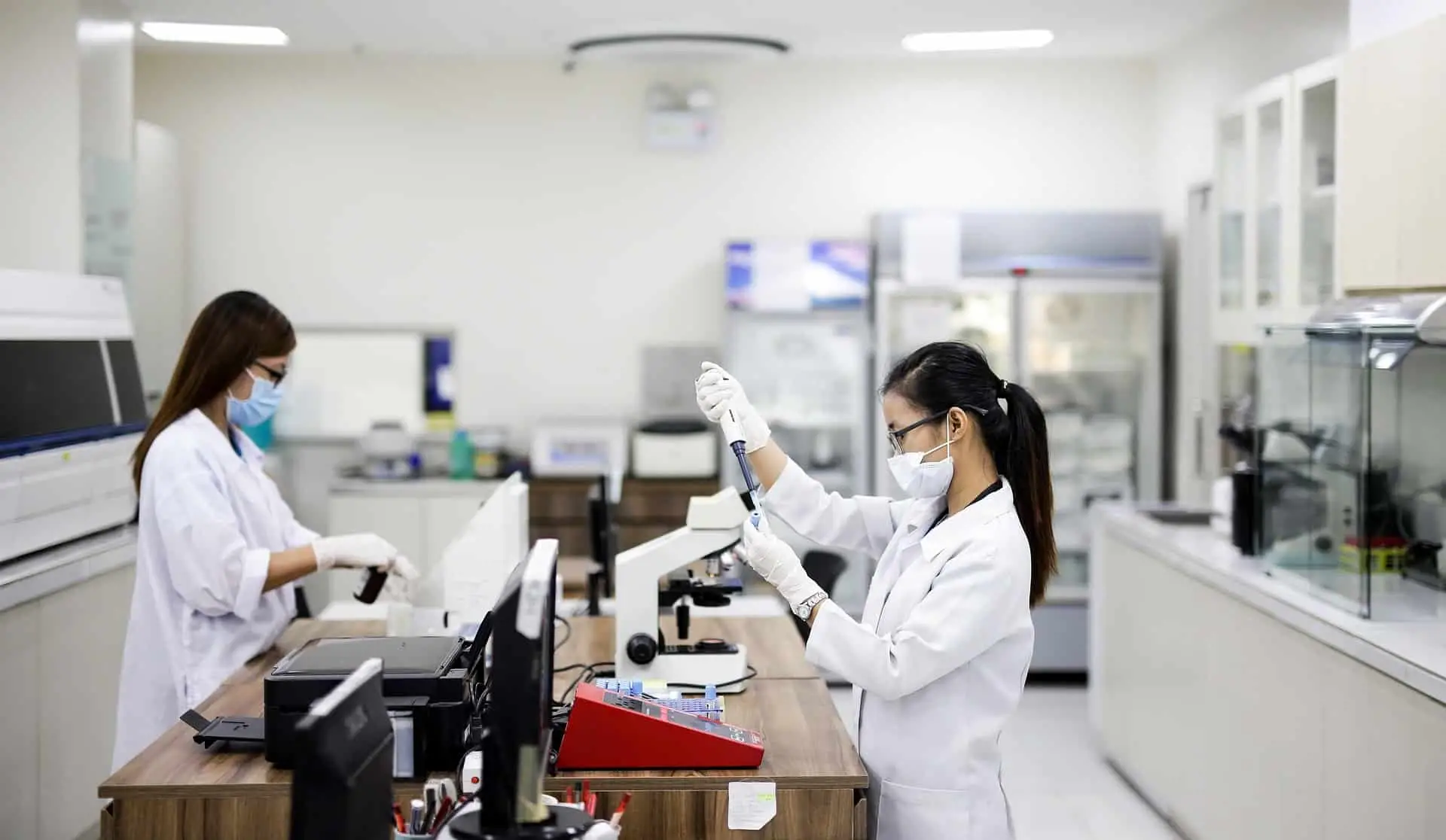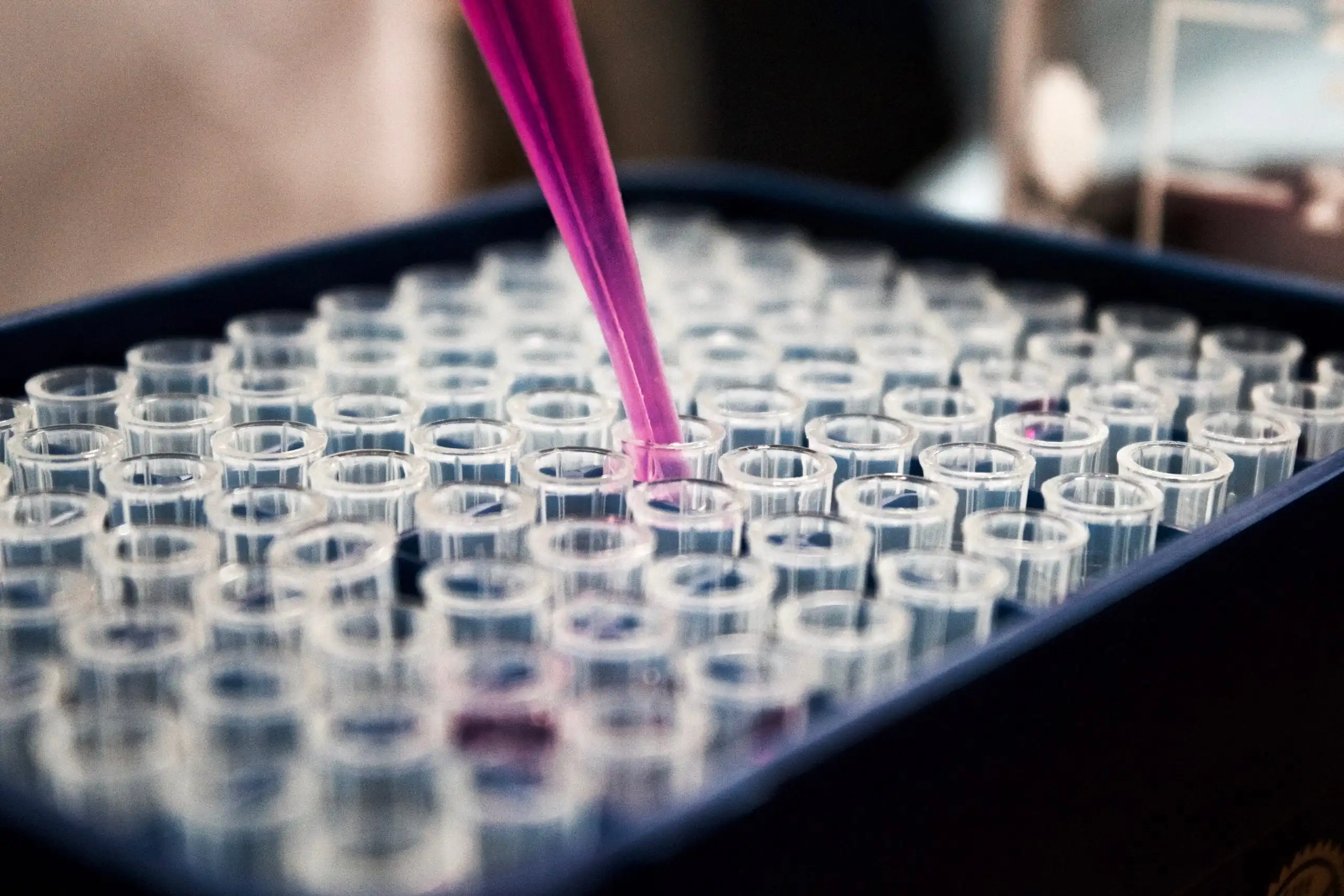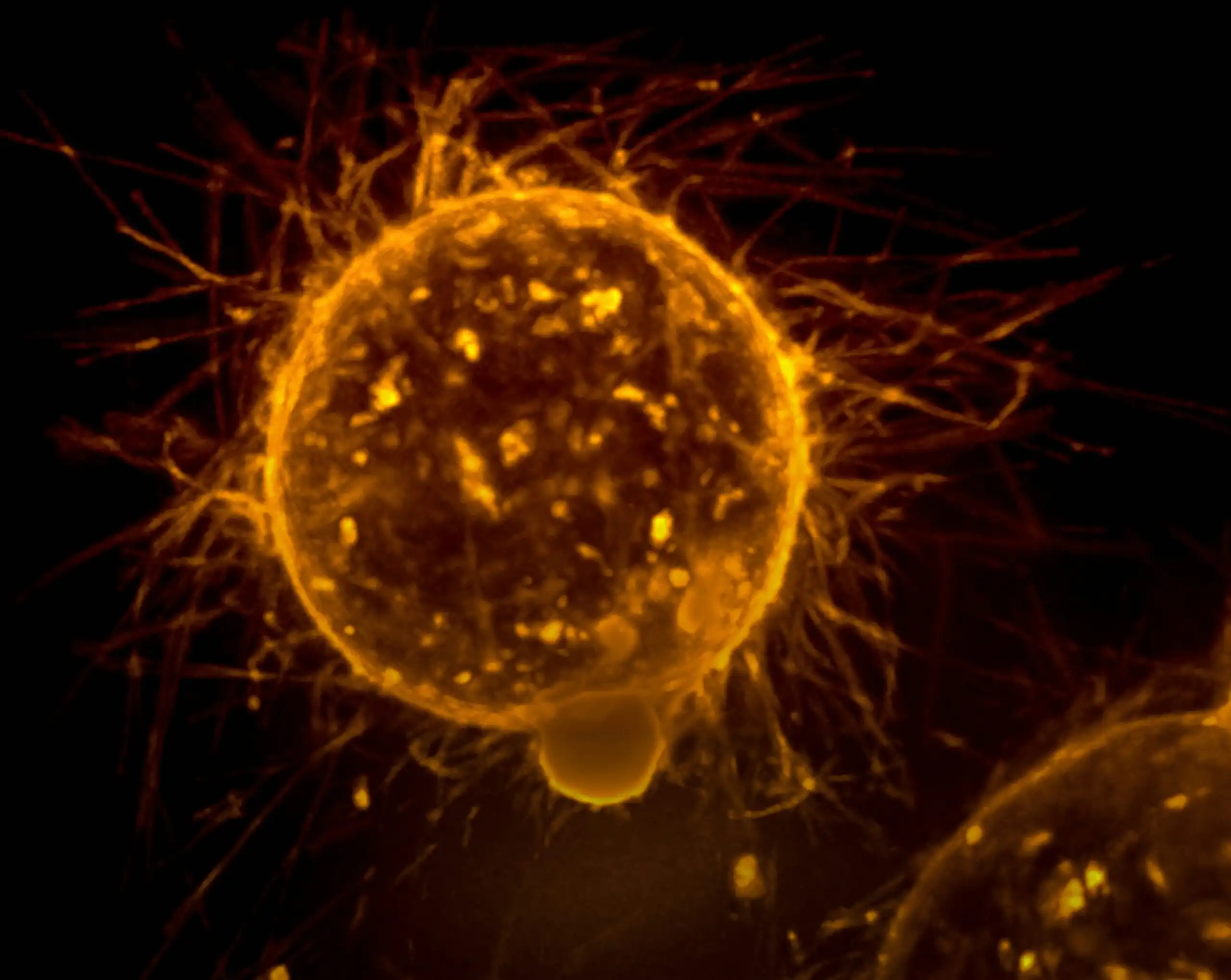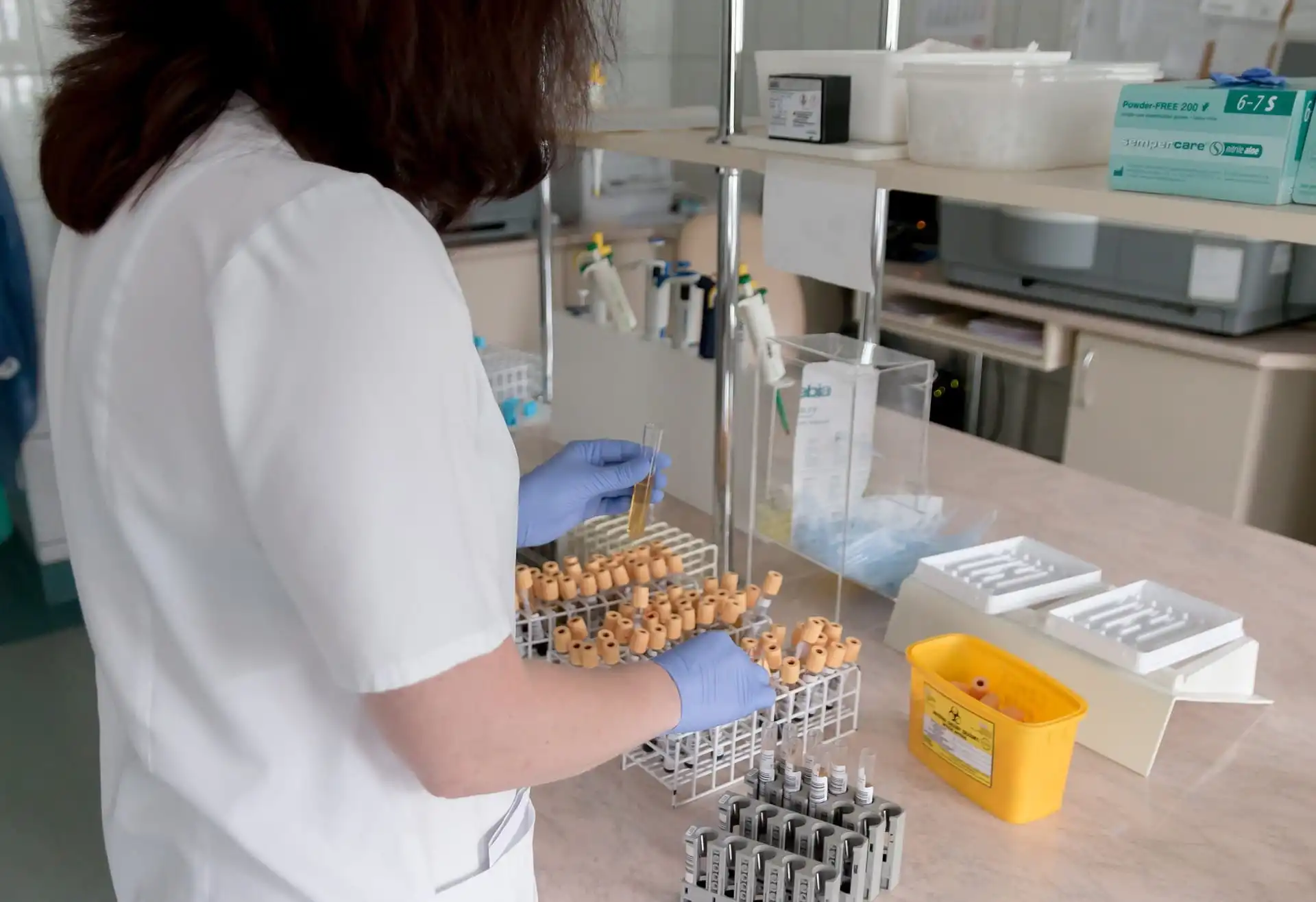
The emergence of multidrug-resistant bacterial strains is leading to the demand for new antibiotics to control infectious diseases in long-term care facilities, hospitals, and nursing homes. The issue primarily affects immunocompromised groups, however can also compromise the well-being of healthy populations exposed to antimicrobial agents.
Want to buy GMP API pharmaceutical ingredients ?
MedicaPharma ensures access to GMP pharmaceuticals across multiple resilient global supply chains. Click here to view a full GMP API product list.
MedicaPharma is capable of supplying all GMP materials needed; our experience with sourcing materials that are difficult to obtain makes us the ultimate choice; just challenge us, we will find any material you need.
Add your Chemical Name below and click GO!
Get your requested raw materials quotation
Table of Contents
What is Antibiotic Resistance?
According to the World Health Organization (WHO), antibiotic resistance occurs when bacteria become resistant to antibiotic medicines. In other words, the bacteria become more robust, making antibiotic drugs less effective and infections harder to treat.
Alexander Fleming, the discoverer of penicillin antibiotics, identified the issue in December 1945 while accepting the Nobel Prize in Medicine. During his acceptance speech, he warned that “it’s not difficult to make microbes resistant to penicillin in the laboratory by exposing them to concentrations not sufficient to kill them…there is the danger that the ignorant man may easily under-dose himself and, by exposing his microbes to non-lethal quantities of the drug, make them resistant.”
The overuse – and sometimes abuse – of antibiotics has made this prediction a reality. Unfortunately, while many antibiotics were discovered and produced in the 20th century, the number of antimicrobial agents has decreased while antibiotic resistance has increased.
As a result, pathogens such as methicillin-resistant Staphylococcus aureus and vancomycin-resistant enterococci have become lethal threats. In the United States alone, an estimated 2.8 million people contract infections resistant to regular antibiotics, causing over 35,000 deaths. The problem in Europe is similar in scope, causing approximately 33,000 deaths per annum.
Get your requested raw materials quotation
List of Common Antibiotics and Types
An antibiotic class or type is defined as a group of drugs with similar pharmacologic and chemical attributes. Medications within the same type or class typically kill the same or related pathogens.
Most antibiotics fall into the following dominant classes:
- Penicillins
- Tetracyclines
- Cephalosporins
- Quinolones
- Lincomycins
- Macrolides
- Sulfonamides
- Glycopeptides
- Aminoglycosides
- Carbapenems
Some of the most commonly prescribed antibiotics include:
- Amoxicillin
- Doxycycline
- Cephalexin
- Ciprofloxacin
- Clindamycin
- Metronidazole
- Azithromycin
- Sulfamethoxazole and trimethoprim
- Amoxicillin and clavulanate
- Levofloxacin
Antibiotics for Ear Infection
Antibiotic treatments are typically not prescribed for ear infections.
Antibiotics for UTI
Antibiotics prescribed for UTIs include:
- Ciprofloxacin (Cipro)
- Fosfomycin (Monuro
- Trimethoprim/sulfamethoxazole (Bactrim, Septra)l)
- Levofloxacin (Levaquin)
- Amoxicillin/augmentin
- Ceftriaxone (Rocephin)
- Cephalexin (Keflex)
- Nitrofurantoin (Macrodantin, Macrobid)
Antibiotics for Tooth Infection
Antibiotic treatments to treat tooth infections include penicillin, amoxicillin, and amoxicillin/potassium clavulanate.
Antibiotics for Bronchitis
Antibiotic treatments are typically not prescribed for bronchitis.
Chlamydia Antibiotics
Antibiotic drugs prescribed for chlamydia include doxycycline and azithromycin.
Antibiotics for Acne
Tetracycline is typically prescribed to clear acne.
New Antibiotic Developments
Small and medium organizations are actively searching for new antimicrobial active ingredients as large pharmaceutical companies continue to abandon such projects.
Eight new antibacterial active ingredients have been approved in recent years, including:
- Zoliflodacin for the treatment of gonorrhea
- Ridinilazole and bezlotoxumab to treat C. difficile infection
- Eravacycline (tetracycline derivatives)
- Delafloxacin
- Meropenem and vaborbactam to treat multidrug-resistant enterobacteriaceae infections
- Plazomicin to treat infection caused by multidrug-resistant Enterobacteriaceae
- Cefiderocol
- Pretomanid for the treatment of multidrug-resistant tuberculosis
Side Effects of Antibiotics
Besides leading to the increased problem of antibiotic resistance, antibiotics are associated with numerous side effects, including:
- General sickness
- Diarrhea
- Wheezing
- Throat tightness
- Breathing difficulties
- Raised, itchy skin rash
- Coughing
Where to Buy Wholesale Antibiotics
MedicaPharma is an EU-based pharmaceutical distribution partner that provides GMP-certified active pharmaceutical ingredients (APIs) to clients worldwide. Click here for a product list.
Antibiotics FAQ
Alexander Fleming discovered penicillin at St. Mary’s Hospital, London in 1928. He won the Nobel Prize for his work in 1945.
Antibiotics start working immediately following treatment administration. Some patients feel better after two days, however results depend on the infection being treated and the patient’s health.
Group A strep pharyngitis (strep throat) is typically treated with penicillin or amoxicillin. So far, there have been no reports of a clinical isolate of group A strep resistant to penicillin.
Bacteria typically start reproducing when patients forget to take their antibiotics. Other cases where bacteria begin reproducing include stopping




















